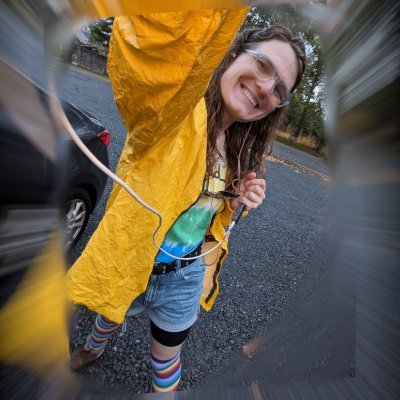
@hi_tysam
Neural network speedrunner and community-funded open source researcher. Set the CIFAR-10 record several times. Send me consulting/contracting work! she/they❤️

@hi_tysam
Neural network speedrunner and community-funded open source researcher. Set the CIFAR-10 record several times. Send me consulting/contracting work! she/they❤️